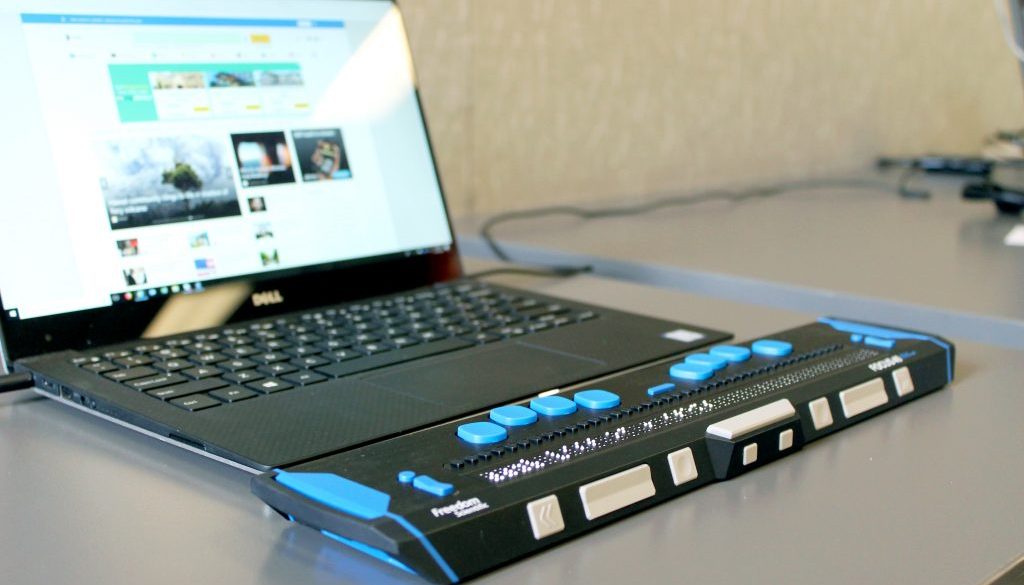Content in Web Design - Jude Wharton Collab
Content and web design go hand in hand. Without content, websites would look a lot emptier, and without websites, copywriters wouldnt have as many ways to get their words out there.
Ive teamed up with the wonderful Jude Wharton to chat about all things content and how it ties into the world of the world wide web. So whether youre a fellow writer, designer, or business owner, we hope you learn a little something about the way we work.
To keep things clear, for the bulk of this blog Judes thoughts will be in the regular typeface, while mine are in italics like this. Enjoy!
How important is content in web design?
We used to use the phrase content is King when describing how important content is in web design but that felt a bit sexist and so now we say, content is key. The whole point of a website is to get the message across to the website visitor that they are in the right place for whatever it is that they need or want and its the content thats going to convey that message.
So, the web design needs to be guided by that content.
Words are a powerful tool in both web design and SEO. But using the right ones isnt easy, especially if youre trying to rank well on Google and other search engines. When people visit your site, either as a potential customer or someone who just wants to learn more about what you do, greeting them with the right content is more important than ever. Pair this with some great images, video, and pop-ups that sell what you do, all together on a site that runs well, and your enquiries will go through the roof.
Just like Judes phrase, content is ever-changing. As a copywriter I need to keep my finger on the pulse of what people want to read, and as an SEO pro I need to garnish it with keywords and phrases that people are searching for.
This is why its important not to let your content grow stale. Keep it fresh, and your site will not only be worth revisiting, Googles bots will crawl it again to see whats new, and your ranking will change accordingly!
At what point in the web design process do you start producing content?
Ideally, right at the start. The design should be informed by the content so that the pages have the right space and layout to present that content to the website visitor in a way that its easy for them to read and easy for them to cast their eye down the pages to pick out the bits that are important for them and make choices about where to click and what to look at next.
Now, with the emergence of DIY website platforms and website template services (including my own ?) this might seem like an odd thing for me to say because the design is sitting there waiting for the content to be added in. But before choosing a template the content should be there to help make the choice of which template is going to be the right one to use.
Also, many of these templates are designed for specific business niches, by people who have designed websites for these types of businesses a number of times before so they have a good idea of the type and length of content that will be used on this type of website.
When were approached to SEO-ify a companys site, one of the first things we do is a content review. Myself or a member of our copy team will go page by page, talking about what works well and what could be improved, so that the business owner knows exactly how well approach their site if were given the green light to start working.
Seeing a website that is already packed with content is a breath of fresh air for us. Creating content from scratch is something we have no problem doing, but in the early days when were establishing your voice on page content, having a few thousand words to work with makes it much easier.
Finding your voice is important for creating content. If youre trusting the content creation to a third party, you dont want it to sound like someone else, and this can happen even if youre writing the content yourself; were all guilty of trying to sound like something were not!
A skilled copywriter knows how to write in your voice. This is learned by speaking with you and spending plenty of time studying your existing content. After this, your voice will be clear from day one. Theyll also make the content better than you can do yourself, with a tone thats perfect for your industry and all the keywords and phrases that search engines love to see.
How does the structure of web pages affect the content?
Ive already touched on the fact that the design and layout should make the content easy to read and easy for people to pick out the parts of the content they want to focus on and its not just layout that helps with this.
Using good visual hierarchy in design is really important. By visual hierarchy I mean using the larger, bolder fonts for the most important headings on the page and then reducing the size and weight of the font as the importance of the title reduces. This really helps when a website visitor is scanning a website for what they want to find. Its also a good way for the website owner to guide their visitors to looking at the things they want them to look at to make it more likely theyll want to enquire into their services or buy something.
This links into SEO as well. An H1 tag will be used for the most important title on the page, H2 tags for the next level then H3s etc. Ensuring the things the website owner wants to be known and found for are included in those titles and that theyre written using terminology that people are actually using when searching for this type of business are really important and a big thing to consider when creating website content.
Including images in a design also has an impact on content. As well as telling people content is key we also tell them that images are everything.
When people first hit a website theyre going to make an initial judgement on whether they want to stay there based on what it looks like. So it has to look good and having high quality, relevant images on it will help hugely with that. But when you add an image to a website you also need to give that image an ALT tag. This will be seen by search engines, so having ALT tags relevant to the content on the page will be another help for SEO. They also help with accessibility because people using text readers cant see the image but they can have a description read out to them. And search engines really like websites that are good for accessibility.
Here are some other accessibility tips around design and content. Think about the colours youre using, red text on a green background isnt a great idea (even at Christmas) if you want everyone to be able to see it. There are other colour combinations that are a poor choice for colour blind people too, so its worth doing your research if youre doing your own designs.
Ensure any text you have over images is actual text and not part of the image otherwise it cant be seen by text readers or search engines, so thats also an SEO tip too.
If you are using video content on your website, ensure it has captions. This isnt just an accessibility tip, just a tip in general really. I dont tend to turn the volume up on videos and Im not the only one and so having captions means youre going to get your information across to a lot more people.
Working around the structure of a page isnt always easy, even for a skilled copywriter. Unless you write directly into the builder, which is very rare, it can be hard to judge how the content will look on the page. A thousand words of quality content will look great on a document, but if it doesn't match the visuals of the site, how well it reads will be affected.
If you create content that has clear sections and paragraphs, all with relevant headings, it becomes easier to slot it all together. One of the biggest benefits of combining SEO with content creation is that the SEO team will be familiar with the page structure. Theyll then be able to work with the copy team and the client to find that ideal balance.
Working with a web designer like Jude makes this easier too. Theyll work their magic to make the content look its best, while understanding how important the structure is. We copywriters may be solitary creatures when at our desks, but we know that teamwork makes the dream work!
How much do you consider SEO when designing a website?
We keep SEO in mind right from the start of designing a website. We have always had an approach of creating simple, clean, easy to read, easy to navigate websites and have never been drawn in by having all the whizzy, funky effects everywhere. Firstly, because theyre often a bit much and secondly they arent great for page speeds. And having a fast loading site is a big bonus when it comes to SEO.
Other things we avoid in our designs to help with SEO are instant pop ups (again, just annoying anyway!) and videos playing instantly (also annoying when they have sound and youre on a train or in a library!) A silent repeating background video in a hero area or behind a row is acceptable ? and may also be a great visual to attract peoples attention in the first place if used well.
And as I said before, use of the right title tags is also important to show search engines the key things the website should be shown for.
When SEO is considered from day one, it makes it much easier to optimise a website later on. So many of our clients approach us hoping to boost enquiries, but this is difficult if the first month is spent doing the basics, like fixing meta tags, headings, and improving page speed. Once these are fixed, its often like releasing the cork from a bottle, and the traffic starts to flood in as your website finally starts to get noticed.
If these issues were addressed from the start, we can get straight down to the nitty gritty. Sourcing backlinks and creating powerful, SEO-focused content that gives your site the impact it deserves.
As Jude said, keeping it simple is key. Flashy graphics dont work the way they used to; people prefer a site that's clear and loads quickly, especially on mobile devices. There are dozens of ways to get your message across without resorting to solutions that sacrifice performance.
The Power of Content in Web Design
Nathan here!
Phew! That was a lot to take in, but we decided that this is a topic you need to delve into to explain properly. We hope you liked it!
A massive thank you to Jude for her help with this blog. She and Chris are some of the best in the business, and its nice to chat with web devs who understand the importance of quality content and SEO. Details about their business are below, if you need any help with your website please check them out! If you dont know me already, mine are down there too!
Jude Wharton is one of the co-founders of Ready Steady Websites®, an off the shelf website and membership site template service. Jude and her business partner and husband, Chris launched Ready Steady Websites® in 2019 and they have been running a successful digital design company, 2nd Floor Designs Ltd since 2010. They are also the co-authors of The Website Handbook.
Links:
Website: https://readysteadywebsites.com/
The Website Handbook: https://readysteadywebsites.com/handbook/
And Im Nathan Locke, Head of Copy & Content at MCR SEO. If your website, old or new, needs a content revamp, or you want to boost enquiries with some SEO support, please dont hesitate to get in touch!
Website: https://mcr-seo.com/
Email: nathan.locke@mcr-seo.com




